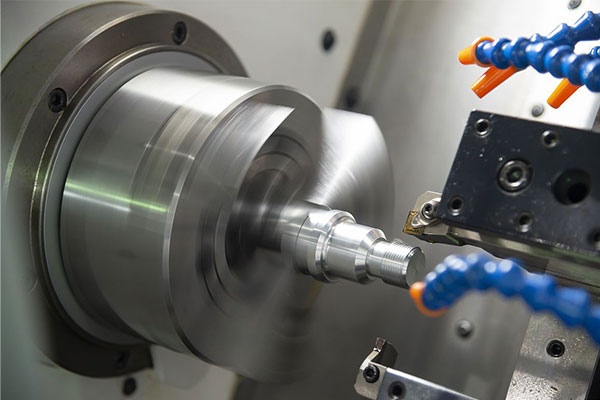When a client company entrusts our company to export milling cutters, microcomputers, switches and other equipment to Vietnam, what challenges will it encounter? What details should be paid attention to in this process? This article will focus on this case and discuss in detail the cross-border transportation andCustoms clearanceThe key steps.

1. Preparation and challenges before export
The first step in the export process is to conduct a detailed review of the product, especially when it comes to special goods such as electronic devices. In this case, since the electronic products involved contain batteries, this leads to the first problem: the restrictions of the transportation company. International express companies such as DHL often have transportation restrictions on electrical and magnetic goods. The solution is to communicate with the customer and remove the batteries in the electronic devices so that the goods can meet DHL's transportation standards.
Secondly, considering Vietnam's import customs clearance process, it is necessary to prepare corresponding documents, such as certificates of origin. This is because Vietnamese consignees can enjoy preferential tax rates through these documents. Therefore, it becomes crucial to prepare and apply for certificates of origin in a timely manner after the goods are shipped. In addition, knowing the estimated time after the goods arrive in Vietnam is also necessary for arranging subsequent processes.
2. Customs clearance process at the destination
After arriving in Vietnam, the complexity of the customs clearance process became another key point. There are two modes of import customs clearance in Vietnam: commercial mode and non-commercial mode. The non-commercial mode is mainly for businesses where the consignee is an individual, while the commercial mode is suitable for consignees of corporate nature. In this case, since DHL only operates customs clearance for non-commercial modes, it means that customs clearance for commercial modes requires the consignee to find a domestic agent in Vietnam to operate it.
In addition, customs clearance in Vietnam also involves the need for some special documents, such as factory qualification certificates, etc. In actual operation, sending the originals of customs clearance documents such as certificates of origin, packing lists, invoices, etc. to Vietnam by express delivery is an important step to ensure that the goods pass through customs smoothly.
III. Best Practices for Cross-Border Shipping
From this case, we can extract several best practices for cross-border transportation:
1. Plan ahead:Before shipment, confirm all documents required for foreign customs clearance in advance. This includes certificate of origin, factory qualification certificate, etc. to ensure smooth customs clearance of goods.
2. Communication and cooperation:Maintain close communication with the shipping company and consignee. Understanding the restrictions and requirements of the shipping company, as well as the customs clearance capabilities of the consignee, can effectively avoid delays during transportation.
3. Coping strategies:Develop strategies in advance for possible issues such as shipping restrictions or special documentation requirements. In this case, removing the batteries from the electronic device was an effective countermeasure.
4. Tracking and updating:Throughout the shipping process, tracking the status of the shipment and updating the customer promptly is important to ensure customer satisfaction and handle unexpected situations.
Therefore, through careful planning, effective communication with all parties, and timely response to possible problems, the risks in the transportation process can be greatly reduced, ensuring that the goods arrive at the destination safely and on time.


 Follow customer service WeChat
Follow customer service WeChat